The World Health Organization (WHO) is preparing for an increase in the spread of viral diseases such as dengue, Zika and Chikungunya due to the effects of the El Nino weather phenomenon.
El Nino, a warming of surface water temperatures in the eastern and central Pacific Ocean, has officially returned after three years in La Nina form.
This is likely to lead to extreme weather conditions by the end of 2023, from tropical storms in the Pacific to heavy rains in South America or drought in Australia and parts of Asia.
Medical workers spray disinfectant to prevent the spread of dengue virus in Peru. Photo: Reuters
WHO Director-General Tedros Adhanom Ghebreyesus said the agency is preparing for the very high possibility that the El Nino phenomenon could lead to increased transmission of dengue, Zika and Chikungunya in 2023 and 2024.
The head of the world's health agency also warned that climate change is promoting mosquito breeding and the incidence of dengue fever has increased sharply in recent decades, especially in the Americas.
Peru has declared a state of emergency in most regions this year, according to Reuters. Last week, Health Minister Rosa Gutierrez resigned amid a severe dengue outbreak in the country. According to official data, Peru has recorded 146,000 cases and 248 deaths.
The outbreak is likely to be worsened by heavy rains caused by the El Nino climate phenomenon, leading to an increase in the number of dengue-carrying mosquitoes.
THUONG NGUYET/Hanoi Moi Newspaper
Source link


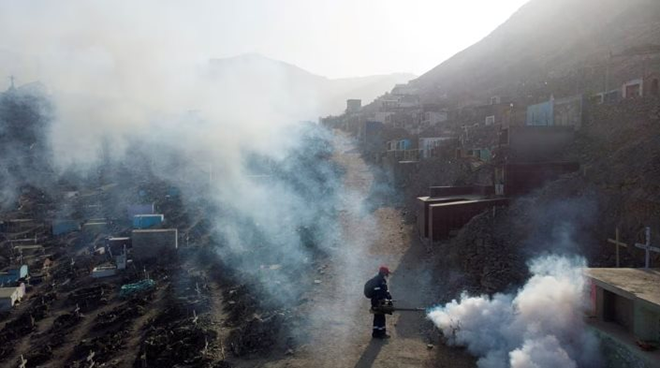





























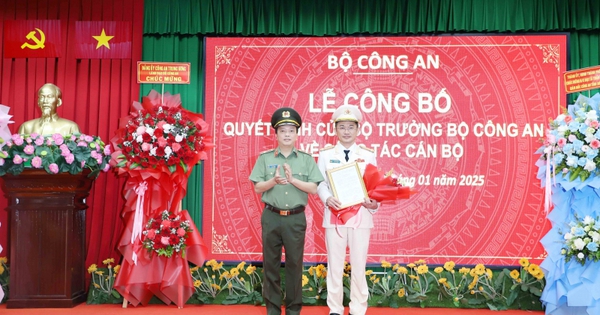

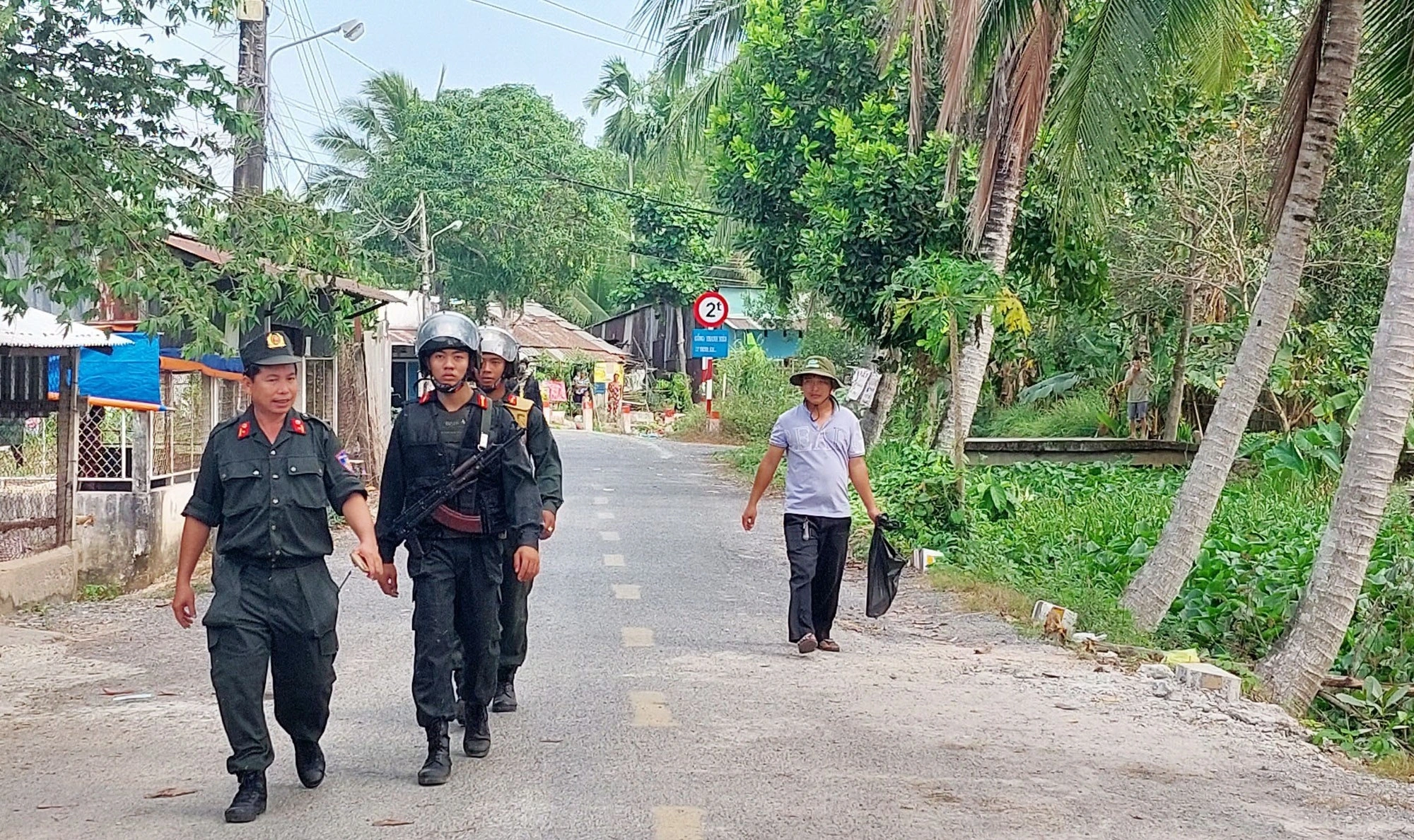






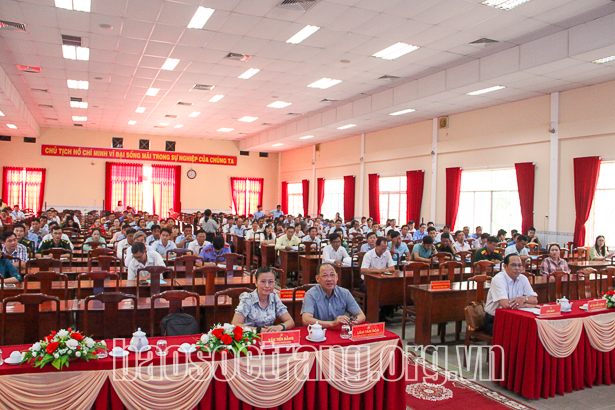

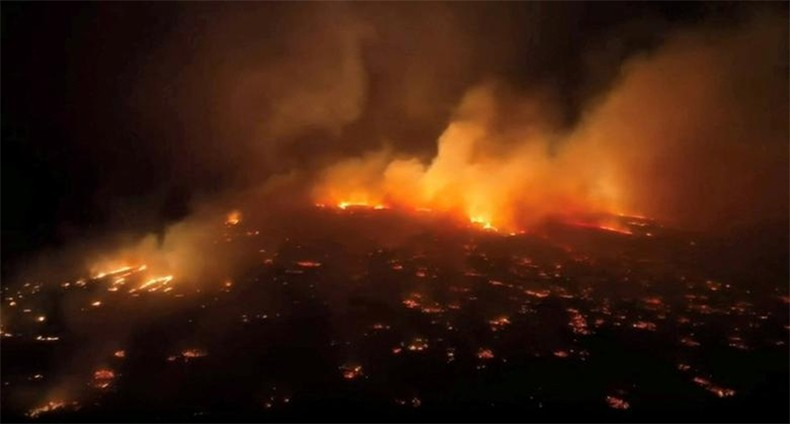














Comment (0)